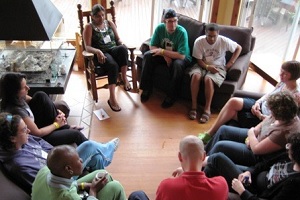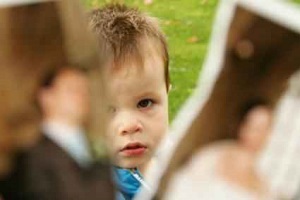What is Lennox Gastaut syndrome?
TweetLennox-Gastaut syndrome is one form of epilepsy disorder and also called as childhood epileptic encephalopathy or myoclonic-astatic epilepsy. In 1770 Dr. Tissot was first person who describe Lennox-Gastaut syndrome. Many types of seizure are involved in Lennox-Gastaut syndrome because of which it is difficult to control. Most frequent seizures are tonic, atonic and absence seizures but there are also chances for myoclonic, generalized tonic-clonic and partial seizures. It is responsible for mental retardation and behavioral problem. EEG shows a slow spike-and-wave pattern. Most of cases of Lennox-Gastaut syndrome also show non-convulsive status epilepticus. It usually affects childhood between one and eight years of age and peak age is between 3-5 years of age. Chances are slightly more in male than female.
Types of seizure in Lennox-Gastaut syndrome
Different types of seizure involved in Lennox-Gastaut syndrome are as follows
- Tonic seizure-95% chances of occurrence. It includes stiffening of body and breathing problems.
- Myoclonic seizure-sudden jerking movements
- Atonic seizure-loss of consciousness and muscle tone.
- Atypical absence seizure-staring spells
- Tonic-clonic seizures-muscle stiffening followed by jerking movements.
What causes Lennox-Gastaut syndrome?
In 30-35 cases causes are unknown. Some well known causes are given below.
- Brain injury, brain infections such as encephalitis, meningitis, toxoplasmosis, rubella and genetic brain diseases
- Central nervous system infection or metabolic conditions
- In 20% cases West syndrome is responsible for development of Lennox-Gastaut syndrome.
Lesions of the frontal lobe
How to treat Lennox-Gastaut syndrome
Treatment for Lennox-Gastaut syndrome is very difficult because it involves several types of seizures. Investigation for effective treatment is still going on.
- Anticonvulsant, anesthetics medication is used for treatment of LGS.
- Sodium valproate, phenytoin, phenobarbital, lamotrigine, clonazepam, frisium, topiramate and zarontin are used in combination with each other.
- Steroids such as ACTH, immunoglobulins and prednisolone are also used with little side effect.
- Ketogenic diet is rich in fat and less in carbohydrate because of which fat is source of energy which is helpful to reduce seizure.
- Surgery involves following two things
- Vagus nerve stimulation-A small device placed inside chest which sends electric energy to the brain through the left vagus nerve.
- Corpus callosotomy-Surgery involves cutting the front two-thirds of fibre bundle.


Sometimes crying or laughing
are the only options left,
and laughing feels better right now.

Current Issue
 Self Help Leaflets Take the help of our self help leaflets or booklets. |
 The DG Magazine All about living with depression |
Most Read on Epilepsy
- Non-epileptic seizures
- Epilepsy in animals
- Seizure response dog
- Jacksonian seizure
- Photosensitive epilepsy
- Post-traumatic epilepsy
- Temporal lobe epilepsy
- Abdominal epilepsy
- Generalised epilepsy
- Frontal lobe epilepsy
- Occipital lobe epilepsy
- Absence seizure
- Febrile seizure
- Frontal lobe seizures
- Grand mal seizure
- Temporal lobe seizure
- Partial seizures
- Generalized seizures
- Myoclonic seizures
- Clonic seizures
- Tonic seizures
- Tonic-clonic seizures
- Atonic seizures
- Focal seizure
- Status epilepticus
- Epilepsia partialis continua
- Massive bilateral myoclonus
- Eyelid myoclonia
- Gelastic seizures
- Aura continua
- West syndrome in Infancy
- Juvenile Myoclonic Epilepsy
- Fetal Alcohol Syndrome
- Autosomal Dominant Nocturnal Frontal Lobe Epilepsy
- Lennox Gastaut syndrome
- Schizotypy
- Childhood Absence Epilepsy
- Dravet Syndrome
- Benign focal epilepsy of childhood












